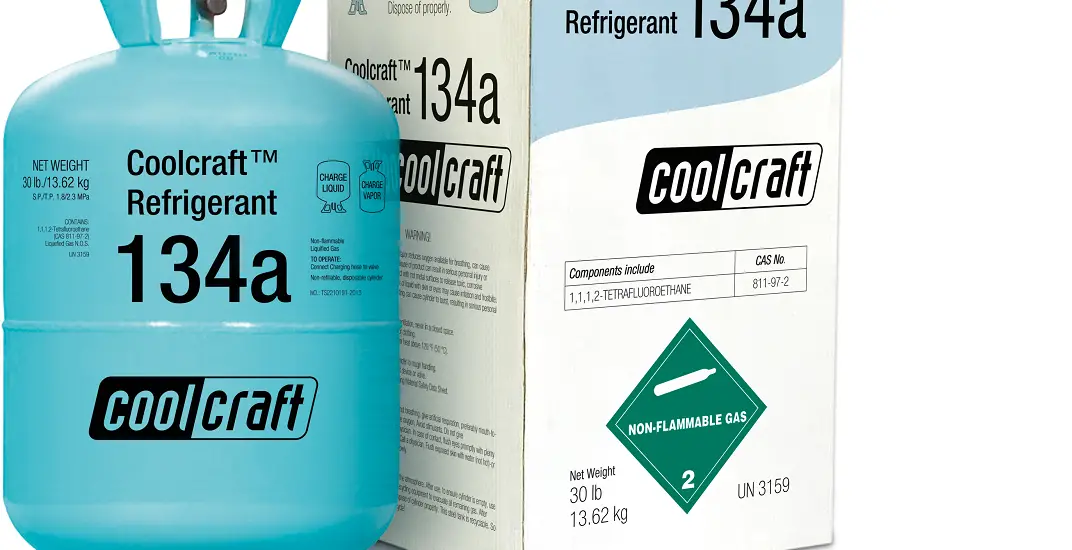What’s the first thing that pops into your mind when you hear the term ‘refrigerant analyzer’? Not your everyday term, right? This piece will throw light on what a refrigerant analyzer is and why it’s critical in the HVAC and refrigeration systems world. Plus, we’ll help you navigate its myriad types and uses. Ready? Strap in!

Table of Contents
What is a Refrigerant Analyzer?
A refrigerant analyzer is a sophisticated device that checks the type and purity of refrigerant in HVAC and refrigeration systems. It’s kind of like a doctor checking the health of your cooling system. Without it, diagnosing and fixing problems would be a nightmare.
The Importance of Refrigerant Analysis
Ensuring System Efficiency
You see, when the refrigerant levels in a cooling system are spot on, the system performs like a champ. That’s where a refrigerant analyzer steps in. It helps maintain the system’s efficiency by ensuring that the refrigerant level stays within the optimal range.
Environmental Impact
But it’s not just about keeping your cooling system running smoothly. Have you ever thought about the environmental impact of refrigerants? Proper refrigerant analysis helps minimize damage to the environment by controlling the release of harmful refrigerants into the atmosphere.
Compliance with Legal and Safety Standards
And it’s not just good for Mother Earth, but it’s also a must-have for meeting safety standards. The refrigerant analyzer helps ensure that the cooling system is up to the mark with all the legal safety regulations. Compliance, anyone?
Types of Refrigerant Analyzers
Non-Dispersive Infrared (NDIR) Analyzers
The first type of refrigerant analyzer we’ll talk about is the Non-Dispersive Infrared (NDIR) analyzer. It works by measuring the infrared light absorbed by the refrigerant. Think of it as a pair of spectacles that helps the analyzer see the type and level of refrigerant in the system.
Benefits and Limitations of NDIR Analyzers
So why use an NDIR analyzer? Well, they’re fast, accurate, and pretty easy to use. But on the flip side, they can be a bit pricier and can’t detect all types of refrigerants.
Gas Chromatography Analyzers
Then we have the gas chromatography analyzer. This analyzer is like a detective, separating the different types of refrigerants to identify them. It’s a bit more complex, but it’s super precise.
Benefits and Limitations of Gas Chromatography Analyzers
Gas chromatography analyzers are excellent when it comes to accuracy. But they’re not exactly speed demons, and they can be a bit more challenging to use than their NDIR counterparts.
Read more detailed articles on refrigerants – Articles on Refrigerants: The Ultimate Guide to Understanding Them
Key Features of High-Quality Refrigerant Analyzers
A top-notch refrigerant analyzer should have a couple of important features. Let’s get into some of those.
Accuracy and Precision
Accuracy and precision in refrigerant analysis are like bread and butter, they go hand in hand. An analyzer that’s not accurate and precise is like having a compass that doesn’t point north. It simply won’t do.
Speed of Analysis
Speed matters too. Who wants to wait around forever for results? A quick analyzer helps get the job done faster, saving precious time in HVAC servicing and maintenance.
User-Friendly Interface
A user-friendly interface is like having a good friend guiding you along the way. It makes the process much easier and enjoyable. After all, who wants to struggle with a complicated device?
Durable and Reliable Construction
Lastly, a high-quality refrigerant analyzer should be built to last, like a trusty old watch. Durable and reliable construction ensures that the analyzer won’t give up on you when you need it most.
Using a Refrigerant Analyzer
Okay, so how do you use this fancy gadget? Let’s break it down.
Preparing the Analyzer
First things first, you’ve got to prepare the analyzer. Power it up, let it warm up if needed, and make sure it’s ready to go.
Connecting to the HVAC or Refrigeration System
Next, you connect the analyzer to your HVAC or refrigeration system. Kind of like connecting your phone to the charger.
Interpreting the Results
Finally, once you’ve run the analysis, it’s time to interpret the results. Think of it as reading the story that your refrigerant analyzer is telling you.
Regular Maintenance and Calibration of a Refrigerant Analyzer
A refrigerant analyzer, like any other tool, needs a little TLC from time to time. Regular maintenance and calibration are key.
Routine Maintenance
Routine maintenance includes cleaning, checking for any visible damage, and ensuring that all components are functioning correctly. Kind of like taking your car for a regular check-up.
Calibration
Calibration, on the other hand, is like tuning a musical instrument. It ensures that the analyzer is always providing accurate readings. Without it, the readings could be off, and that could lead to all sorts of problems.
Conclusion
So there you have it – the lowdown on refrigerant analyzers. They’re an essential tool in maintaining the efficiency of your cooling system, minimizing environmental harm, and ensuring legal compliance. They come in different types, and while choosing one, look for features like accuracy, speed of analysis, user-friendliness, and durable construction. And remember, take care of your analyzer, and it’ll take care of you!